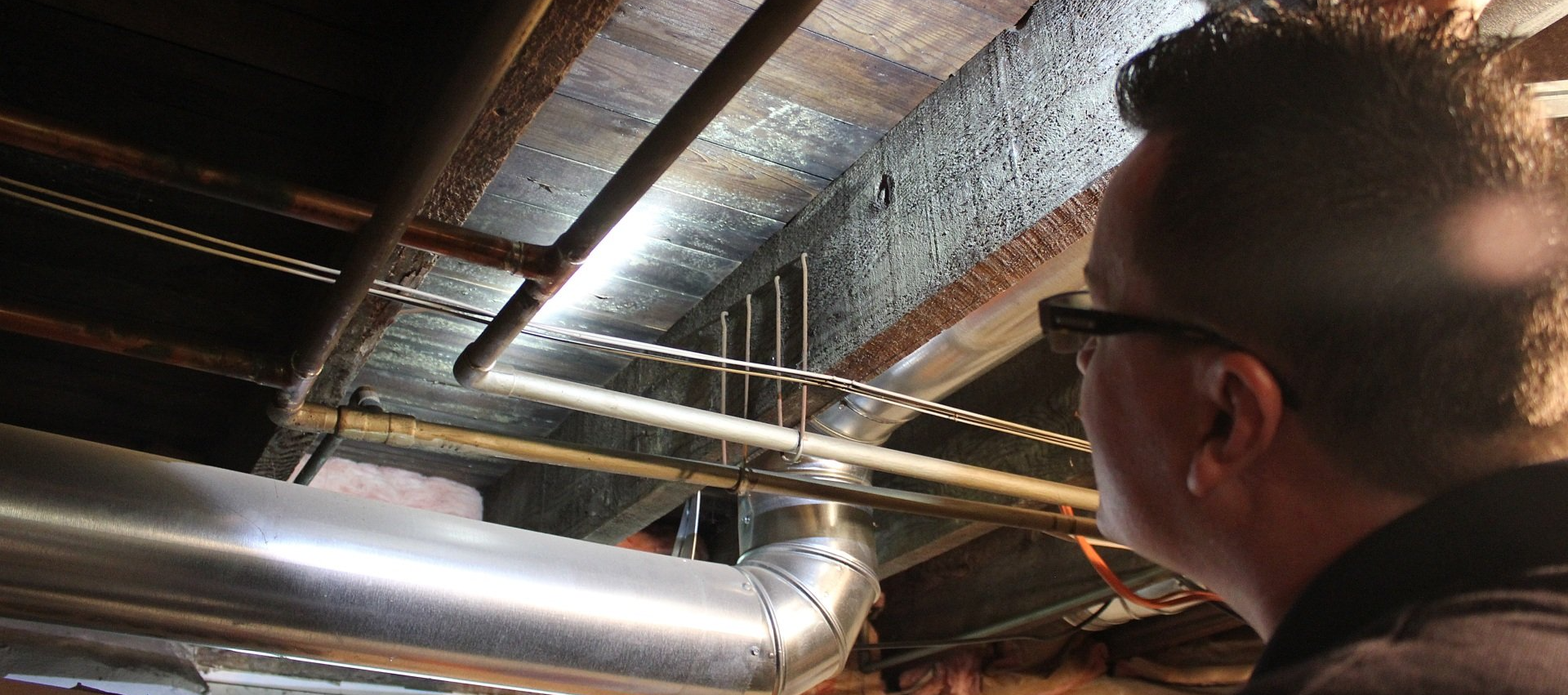How to Know if You Have a Mold Problem in Myrtle Beach, SC?

When mold begins to form in a home, it becomes only a short while until the small problem becomes large. Within a month, mold can grow into a colony and spread throughout a home. Mold creates unhealthy living conditions and also damages whatever surface it grows on. Mold continues to grow until remediation steps are taken: this is not a problem that goes away on its own. Considering that mold is such an issue, what can homeowners do to be proactive?
The most important thing a homeowner can do is know what to look for when looking for mold. It is common for individuals to confuse dirt with mold and take minimal action as a result. Mold often does not show itself right away because it grows behind walls, above ceilings, or under floors. Often the first step of mold detection requires a good sense of smell. If you notice an earthy or musty stench coming from areas of your home, there must be a reason. One of those reasons is often mold. If that smell does not go away, you should reach out for mold inspection Myrtle Beach SC.
There are several types of molds, but the most prevalent and dangerous is black mold, which presents as a black stain covering moist areas. Mold grows in any room: even rooms that have not been affected by flood damage or excessive water damage. As mold begins to grow, it spreads out in a circular pattern. Each pattern is considered a colony that can grow up to several inches across in diameter. Sometimes mold will grow in regular patches. Black mold appears as a pattern and is shiny and slimy due to the moisture. If mold grows on dry areas, it has a powdery dry feeling.
Knowing what to look for helps to encourage early intervention for mold remediation in Myrtle Beach, SC. One of the main problems of mold is that it continues to grow until treated. The sooner professionals help with mold, the smaller the project becomes and the sooner you get back to living comfortably in your home.



